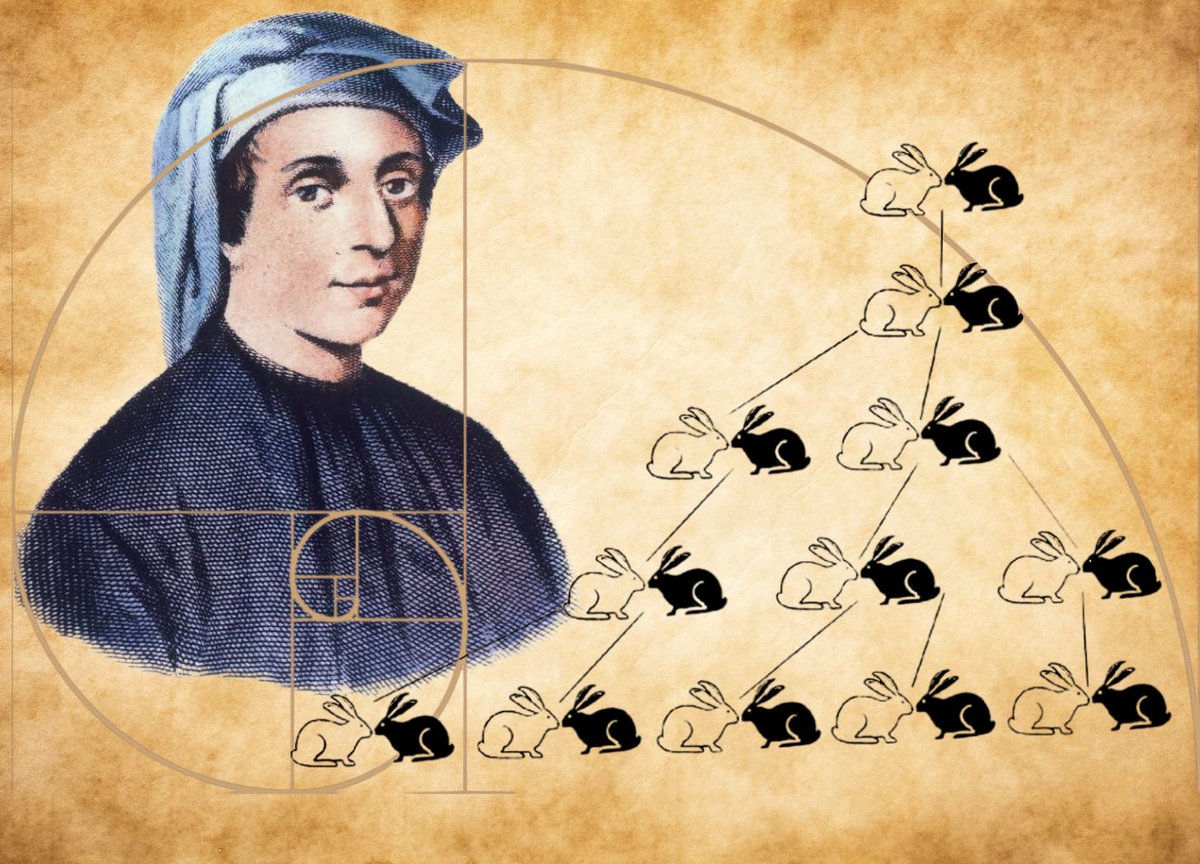How Are We Going to Get to Mars?
Explained by @elonmusk
A THREAD
1/12 https://t.co/PlRqAfGhRXtwitter.com/i/web/status/1…

Explained by @elonmusk
A THREAD
1/12 https://t.co/PlRqAfGhRXtwitter.com/i/web/status/1…

"Starship is extremely fundamental. So, the holy grail of rocketry or space transport is full and rapid reusability. This has never been achieved...
1/12
1/12

The closest that anything has come is our Falcon 9 rocket where we are able to recover the first stage, the boost stage, which is probably about 60% of the cost... of the whole launch, maybe 70%. And we've now done that over 100 times.
3/12
3/12

So, with Starship, we will be recovering the entire thing or at least that's the goal. And moreover, recovering it in such a way that it can be immediately re-flown. Whereas with Falcon 9, we still need to do some amount of refurbishment to the booster and to the fairing.
4/12
4/12

But with Starship, the design goal is immediate re-flight. So, you just refill propellants and go again. This is gigantic, just as it would be in any other mode of transport.
5/12
5/12

And just to put the cost thing into perspective, the expected cost of Starship putting 100 tons into orbit is significantly less than what it would have cost or what it did cost to put our tiny Falcon 1 rocket into orbit.
6/12
6/12

Just as the cost of flying a 747 around the world is less than the cost of a small airplane, you know, a small airplane that was thrown away. So, it's really pretty mind-boggling that the giant thing costs way less than the small thing.
7/12
7/12

It doesn't use exotic propellants or things that are difficult to obtain on Mars. It uses Methane as fuel and it's primarily oxygen, roughly 77-78% oxygen by weight, and Mars has a CO2 atmosphere and has water ice, which is CO2 + H20, so...
8/12
8/12

...you can make CH4 methane, and O2 oxygen on Mars... The fuel is a simple fuel that is easy to create on Mars and in many other parts of the solar system... It's all propulsive landing, no parachutes, nothing thrown away.
9/12
9/12

It has a heat shield that's capable of entering on Earth or Mars. We could even potentially go to Venus but you don't wanna go there haha... Venus is hell, almost literally.
10/12
10/12

It's a generalized method of transport to anywhere in the solar system because the point at which you have a propellant depot on Mars, you can then travel to the Asteroid Belt and to the moons of Jupiter and Saturn and ultimately anywhere in the solar system."
| Elon Musk
11/12
| Elon Musk
11/12

STARSHIP STATS:
-Height = 120m (394ft)
-Diameter = 9m (30ft)
-Payload to low Earth orbit = 100+ tons (220+ klb)
-And it's Bad Ass.
12/12
-Height = 120m (394ft)
-Diameter = 9m (30ft)
-Payload to low Earth orbit = 100+ tons (220+ klb)
-And it's Bad Ass.
12/12

If you liked this thread...
There's 600+ more insightful quotes collected in The Hitchhiker's Guide to Mars by Mack Moderie:
https://t.co/nWX6MqHuUuamazon.com/Hitchhikers-Gu…
twitter.com/i/web/status/1…
There's 600+ more insightful quotes collected in The Hitchhiker's Guide to Mars by Mack Moderie:
https://t.co/nWX6MqHuUuamazon.com/Hitchhikers-Gu…
twitter.com/i/web/status/1…
• • •
Missing some Tweet in this thread? You can try to
force a refresh























